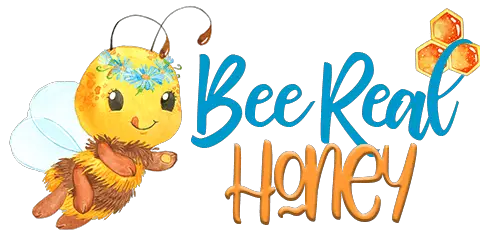*This post may have affiliate links, which means I may receive commissions if you choose to purchase through links I provide (at no extra cost to you). As an Amazon Associate I earn from qualifying purchases. Please read my disclaimer for additional details..
Bees are the unsung heroes of our world. They provide us with honey and pollinate our plants, thus enabling us to enjoy delicious fruit or vegetables.
If you love honey and appreciate the importance of pollination, you should make sure to include a variety of flowers in your garden that will attract bees and other beneficial insects.
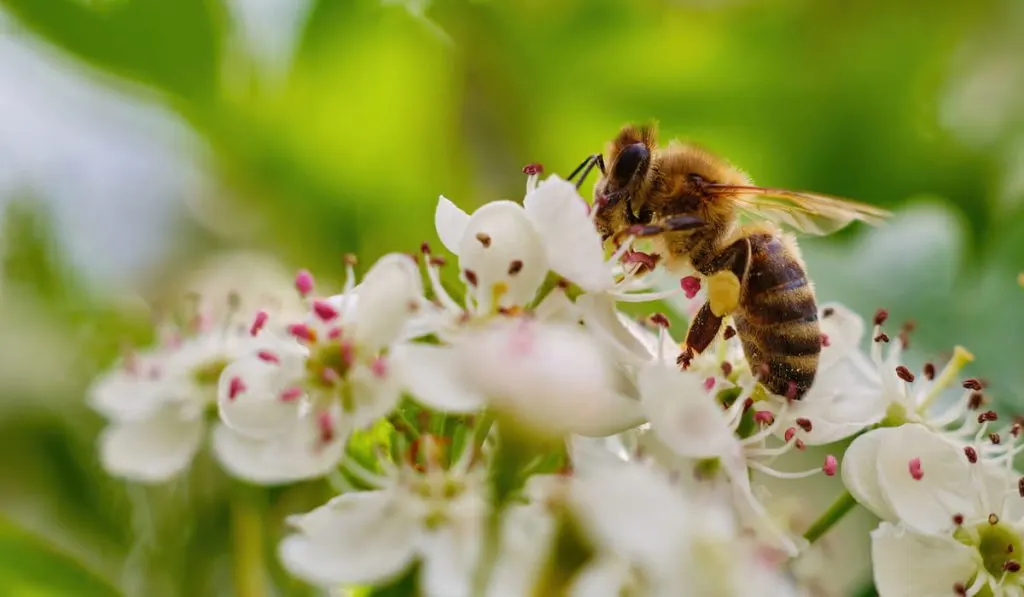
When it comes to plants that attract bees and other pollinators, not all flowers are created equal. Some flowers bloom in the spring, while others bloom in the summer or fall.
However, of all flowers that attract bees, wildflowers are the bee’s favorite, and best of all, they provide year-round forage for bees.
There are many wildflowers that bees love, and if you are looking for a way to help out your local bee population as well as make some new friends, then read on to see some of the best wildflowers that bees love.
Table of Contents
1. Bee Balm

Bee balm is a wild perennial plant that grows along the roads and meadows.
The leaves of these flowers are highly scented and have a long tubular shape which provides lots of nectar for the bees. Bee balm is loved for its beautiful blossoms of pink, red, purple, and white.
The flowers attract bees, and you can also make steeped tea with them.
2. Hollyhocks
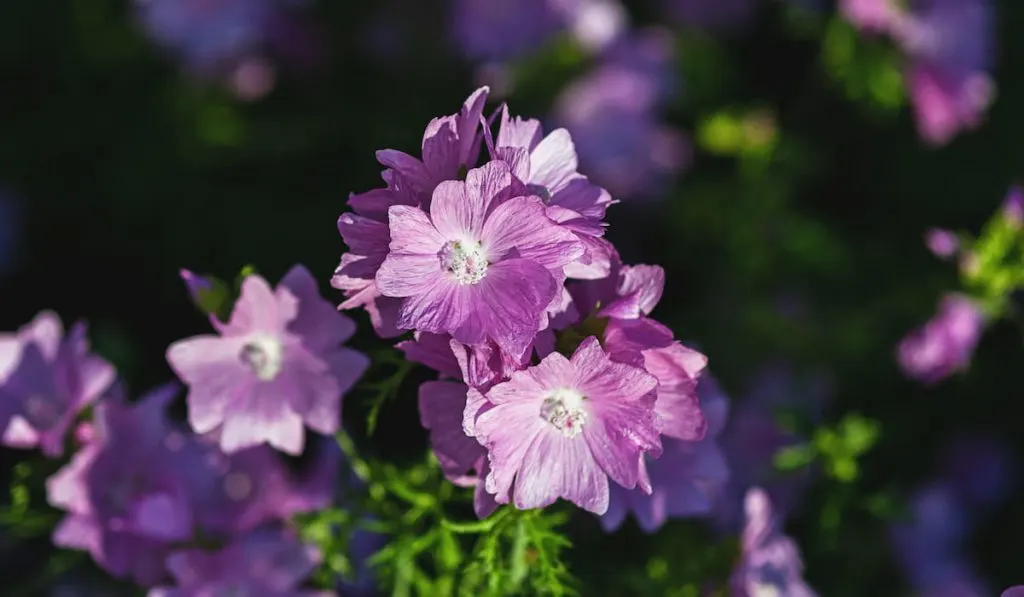
Hollyhocks have nectar-rich flowers with a long blossom season.
They are also rich in pollen which the furry bees collect whenever they reach for the nectar.
3. Butterfly bush (Buddleia)
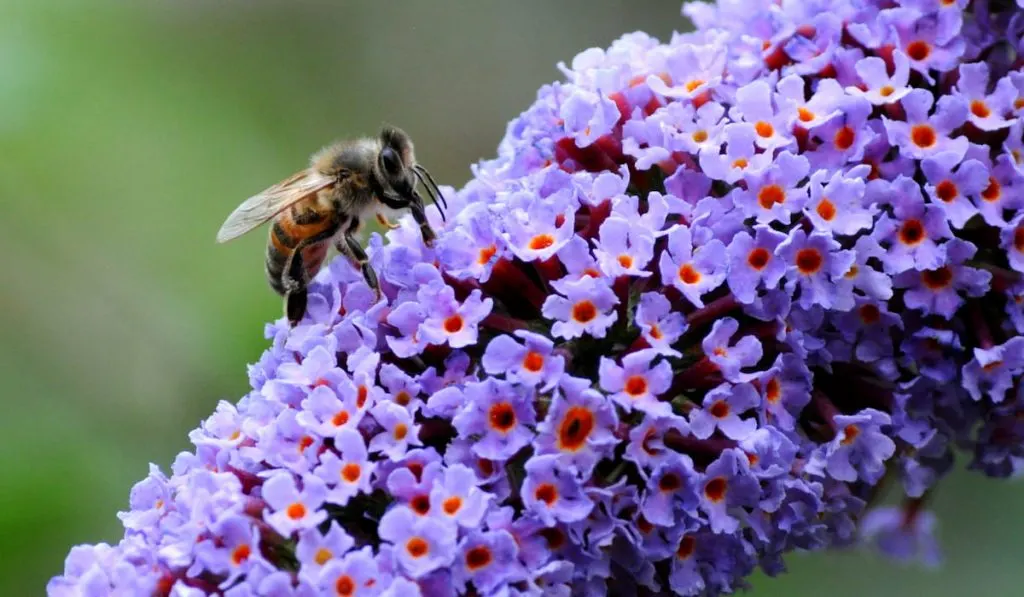
Butterfly bush which is sometimes called summer lilac or orange eye blooms from July through September.
This wild plant is perfect if you want to support your local bee population all summer long!
4. Foxgloves
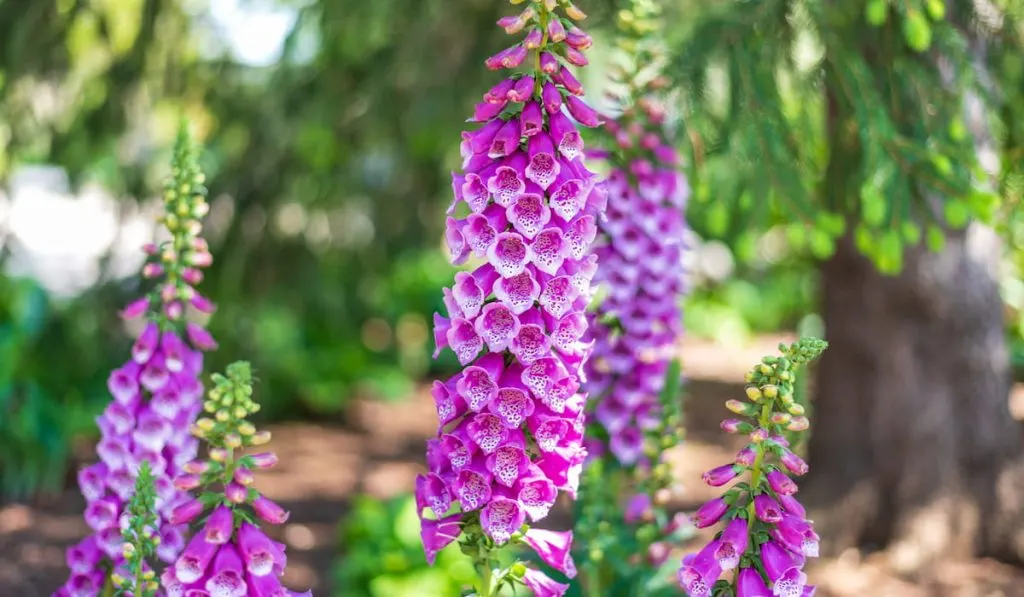
These are clusters of slender, tubular-shaped blooms in different colors of lavender, yellow, pink, red, and purple.
Foxgloves grow well in well-draining soil and are much loved by bumblebees. The cylindrical shape of each flower provides a chance for the bees to slowly creep inside each flower, get inside to the nectar, and simultaneously collect the pollen, which is used as food to their minors.
5. Cosmos
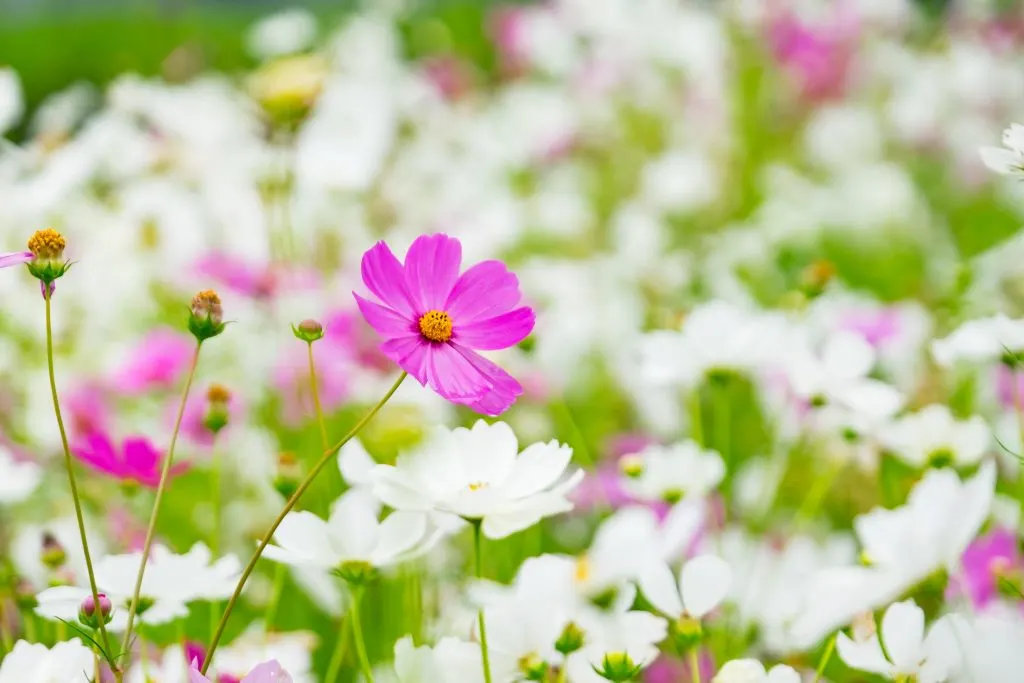
Cosmos wildflowers have a simple open flower that provides bees easy access to its nectar and other flying insects.
They generally produce pink-orange, red yellow, and white flowers and are and are generous re-seeders.
6. Goldenrod
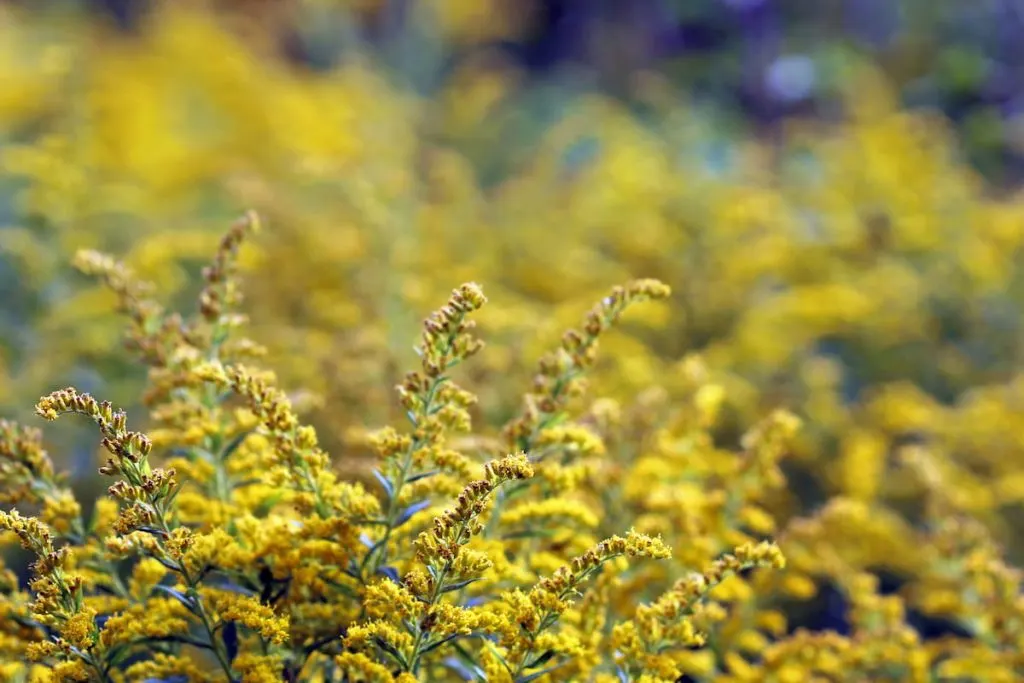
Goldenrod is another wildflower that bees love.
The flowers also attract other pollinators such as butterflies and other insects.
7. Geums
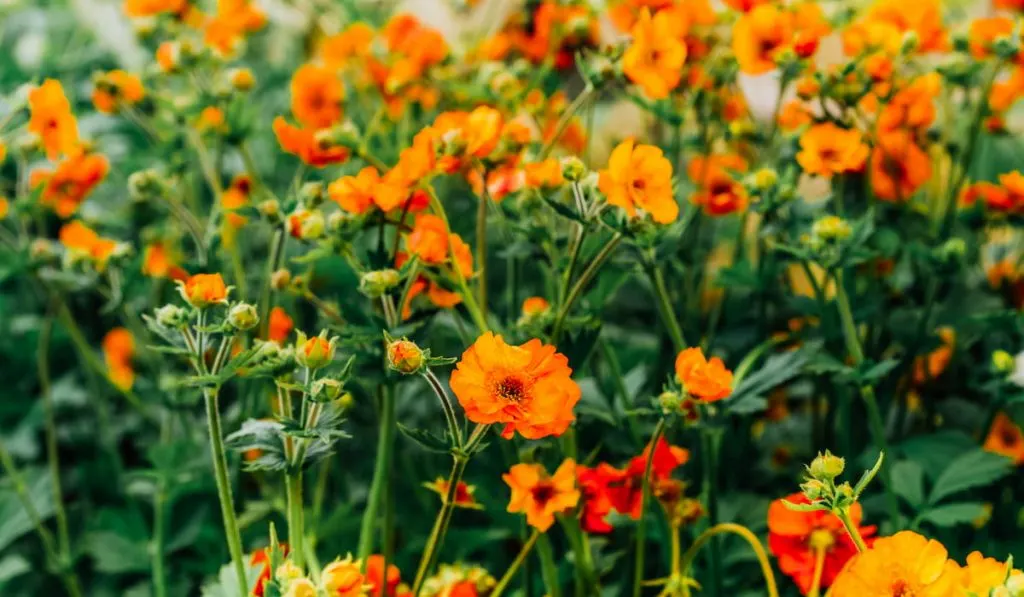
Geum wildflowers bloom without seizing from early summer right through until early autumn.
They have large, bright flowers and open blossoms that make an easy meal for bees and other pollinating insects.
8. Hellebores
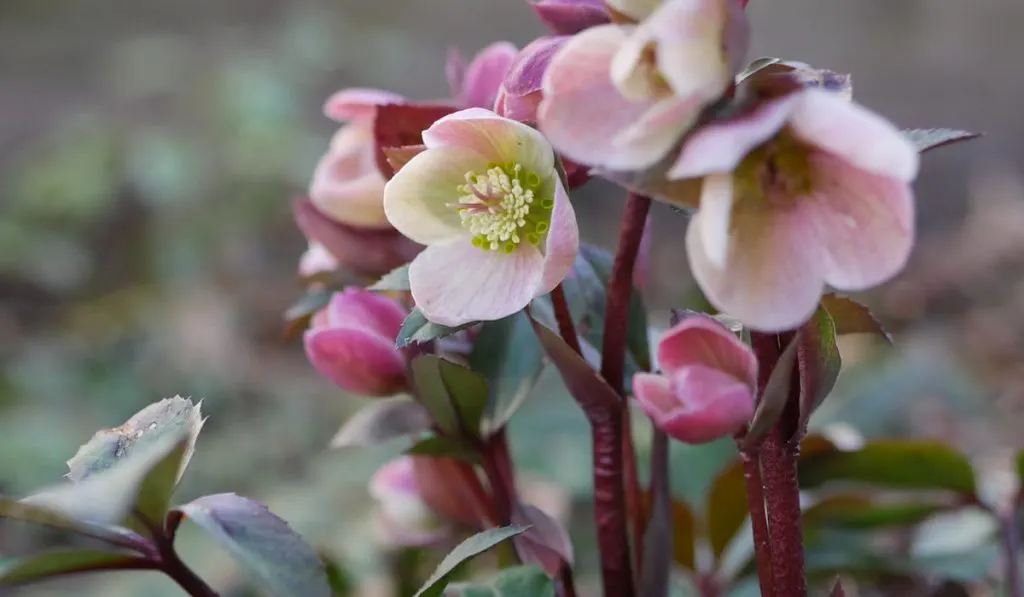
Hellebores are early blooming flowers that blossom from February to May, thus making them among the best flowering plants for bees.
They are vital for providing early-season nectar for any bees that venture out on a warm winter day!
9. Lavender

Lavender is a sweet-scented herb for bees with its long, tightly packed slender stems. Bees love lavender in its blossom.
They are weather-hardy and survive in dry areas. Its small resistant shrubs come in a variety of shades, from white to a very deep purple.
10. Yellow lady’s slipper (Cypripedium parviflorum)
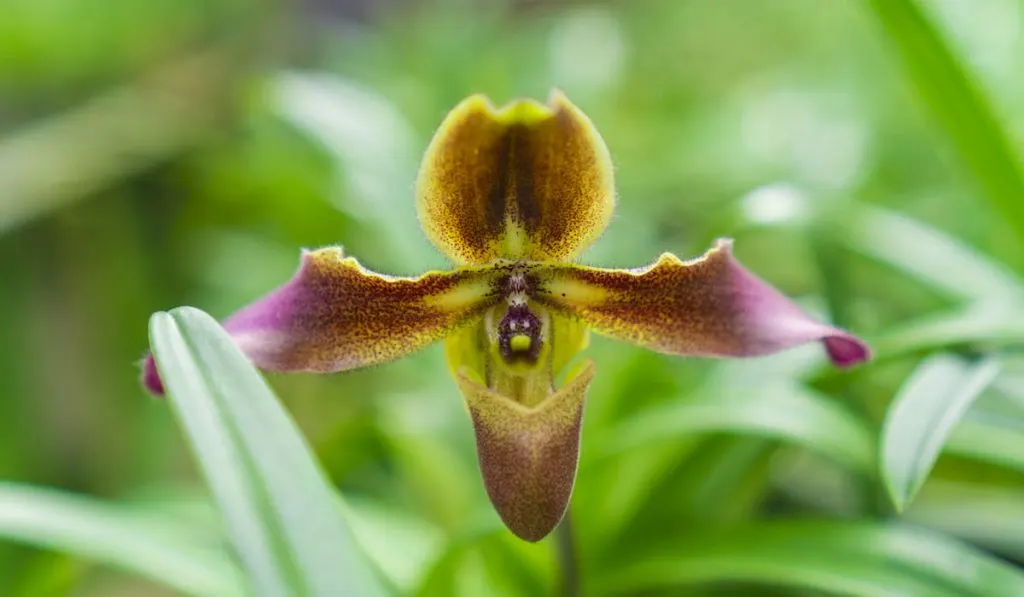
Native to North America, this plant has a yellow pouch-shaped flower that can grow up to five inches long.
It is loved by bumblebees and native solitary bees such as the Halictus blue orchard bee.
11. Asters
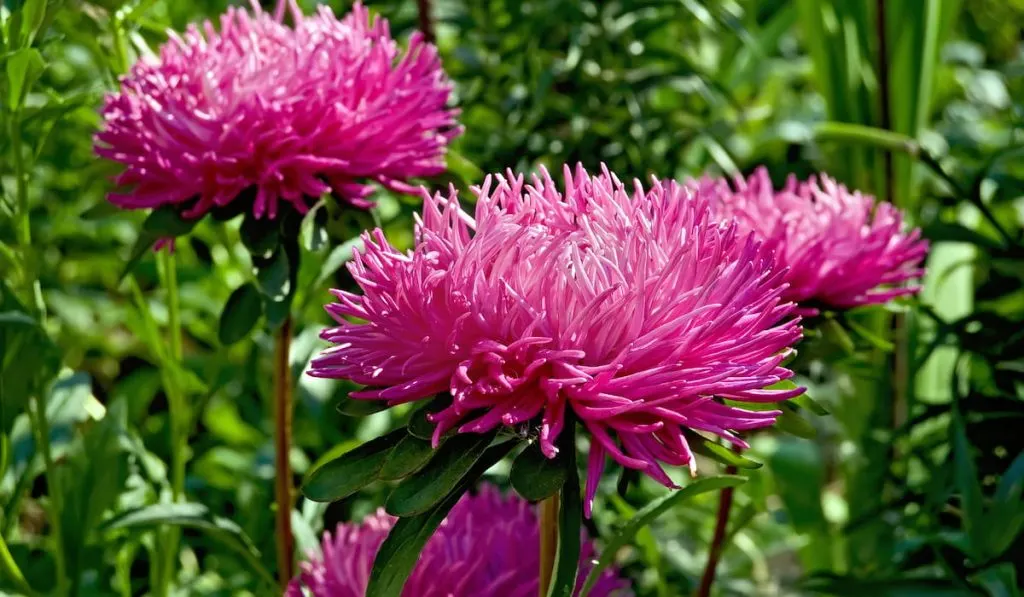
Asters are also popular with bees because they have pollen, which the bees need to make honey.
They have daisy-like flowers which grow in a variety of colors. This wildflower attracts bees, butterflies, and hummingbirds.
12. Wallflowers
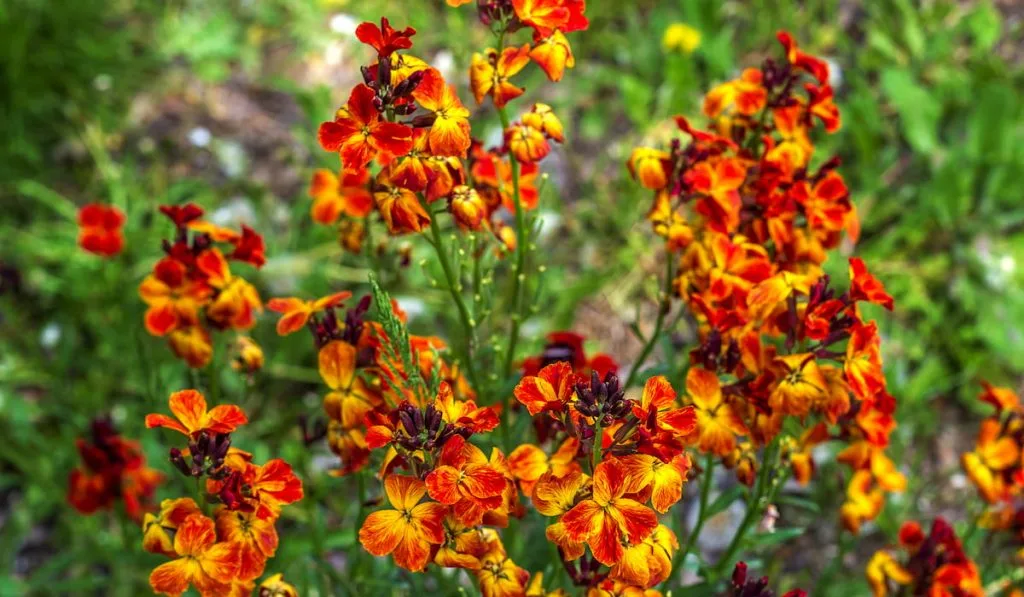
If you are a beginner looking for a wildflower for your garden, then this is the plant to grow for the bees.
Wallflowers provide nectar and pollen, especially for bumblebees.
Wallflowers bloom most of the time in a year, thus providing a beautiful showy display for your benefit and providing what bees love most.
13. Crab Apples

Also known as the eating apple, cooking apple, or culinary apple. Crab apples are well known and admired as the first trees to blossom in the spring.
Crab apples are covered with masses of flowers in March and April; thus, they provide bees with an early source of nectar and spring pollen.
14. Oregon Grape Holly (Mahonia aquifolium)
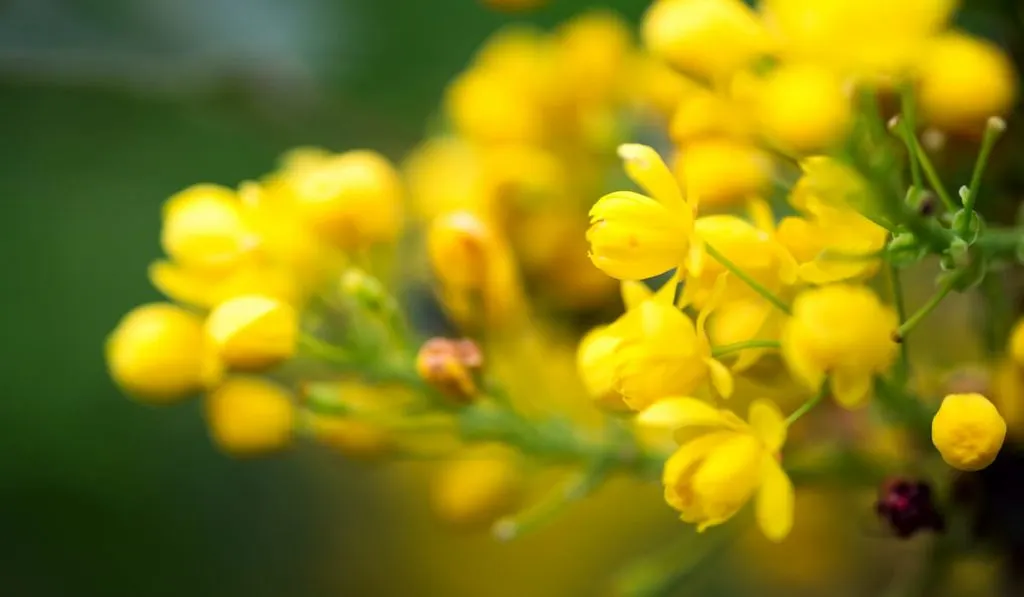
If you have a sunny area in your yard, it’s worth planting Oregon grape trees.
They are relatively easy to take care of, and they provide an excellent pollen source for bees year-round. The yellow flowers usually bloom from May to July before they become edible berries that resemble small grapes.
15. Purple coneflower
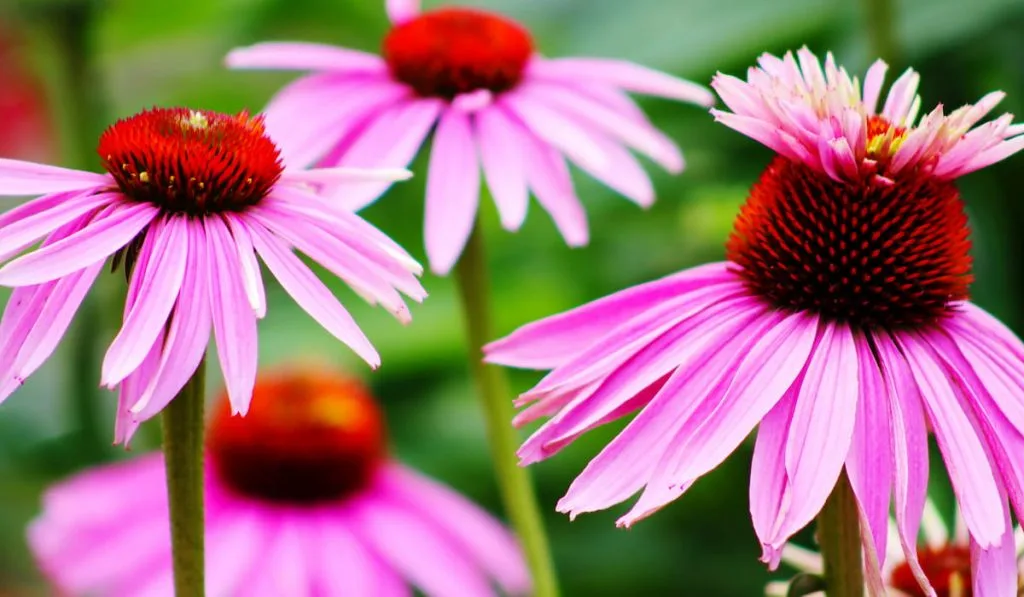
The purple coneflower is a bee attractor thanks to its color. Bees forage nectar and pollen this plant produces.
It blooms for an extended period from mid-summer to fall, providing many months of nectar for the bees.
Planting Wildflowers In Your Garden
Not only does the beauty of your garden get an instant boost with a wildflower planting, but there are also plenty of other benefits too.
You can easily create a flowerbed that will provide both nectar and pollen for bees throughout the summer months.
When it comes to planting wildflowers for your garden, you don’t have to go overboard, you can start by choosing a few wildflowers that flower at different times, so they are in bloom over several weeks.
This mixture of different plants will create a dense, lush garden that bees simply love. You can even leave the flowers on the plant, so you have masses of beautiful color all year round.
Most wildflower seeds are easy to grow, and many are self-seeding, so you can start with just a handful or two of plants.
Some wildflowers will continue coming up year after year without any help from you thanks to their ability to reseed.
It’s easy to create a diverse range of plant species that will provide pollen and nectar all year round. These plants will also attract other insects, including butterflies, which in turn will feed on the nectar and help pollinate your flowers.
You can plant different flowers that bloom in different months to ensure a constant supply to these beloved pollinators.

How Bees Identify Their Favorite Wildflower
Have you ever wondered how bees find flowers even when there are no known beehives around?
Well, they can see better than us, and they also rely on electrical charges. But how?
Studies show that bees can visualize ultraviolet wavelengths in flowers. Flowers have designs of invisible colors within their petals that attract the bees and point out the treasure of nectar and pollen at their center.
Other than relying so much on color, bees rely on their ability to smell. Bees love sweet-smelling flowers, and any flower that smells nice will attract bees.
That is why you often see bees hovering around and foraging nectar from plants such as rosemary, borage, lavender, basil, bee balm, and more.
There are also negative electrical charges in the air that surround the flowers. On the other hand, Bees are positively charged, and thus, whenever a bee flies in the air, they bump to these negative charges, which are released in the form of pollen grains and are drawn to them.
In Conclusion
We all know the important role bees play in our food supply and you can encourage honeybees and other pollinators into your garden by providing them with pollen and nectar.
Many bee experts agree that the best way to help honeybees (and all our wild pollinators) is by planting a wide variety of native flowers.
This helps support the honeybee population, keeps their genetic diversity thriving, and provides food for other kinds of native bees.
Resources:
- https://news.ncsu.edu/2011/07/wms-what-bees-see/
- https://www.gwct.org.uk/farming/research/pollinators/which-flowers-are-best-for-wild-bees/
- https://www.bbg.org/gardening/article/hellebores_flowers_from_winter_into_spring
- https://the-natural-web.org/2015/05/19/yellow-ladys-slipper-like-winning-the-lottery/
- https://www.gardenia.net/plant/mahonia-aquifolium-oregon-grape-holly
- https://www.nationalgeographic.com/science/article/bees-can-sense-the-electric-fields-of-flowers
